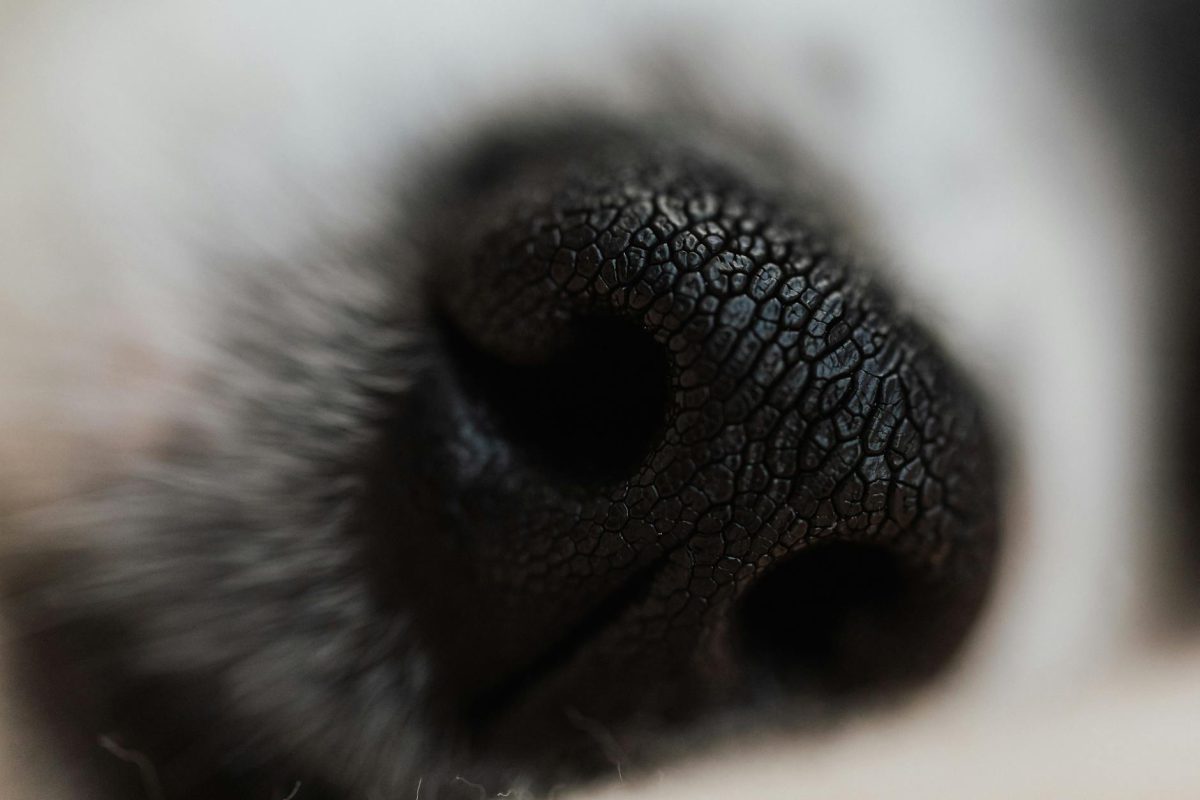The Astonishing Power of a Dog’s Sense of Smell
Dogs have long been known for their incredible sense of smell, which is by far one of their most powerful and essential senses. Their olfactory abilities are astonishing, far surpassing those of humans. In fact, a dog’s sense of smell is estimated to be tens of thousands to even 100,000 times more acute than ours. This remarkable ability plays a vital role in various aspects of a dog’s life, from hunting and tracking to search and rescue missions. Let’s dive into the fascinating world of a dog’s sense of smell and how this extraordinary power is truly unleashed.
The Anatomy of a Dog’s Nose
A dog’s nose is a sophisticated and intricate organ designed for olfaction, or the sense of smell. Unlike humans who primarily breathe through their mouths, dogs are obligate nasal breathers, meaning they depend on their noses for breathing. This unique adaptation allows them to constantly sample the air around them, maximizing their olfactory capabilities. In addition to their keen sense of smell, dogs possess a specialized organ called the vomeronasal organ, also known as Jacobson’s organ, which allows them to detect pheromones and other chemical signals.
Canine Olfactory Receptors
One of the primary factors that contribute to a dog’s exceptional sense of smell is the sheer number of olfactory receptors in their noses. While humans have around 5 to 6 million olfactory receptors, dogs boast an impressive range of 125 to 300 million receptors. This abundance of receptors enables dogs to detect even the most minute odors and differentiate between a vast array of scents.
Utilizing Their Sense of Smell
Dogs rely heavily on their sense of smell to navigate and make sense of the world around them. From tracking a scent trail during a search and rescue operation to detecting hidden contraband at airports, dogs’ olfactory prowess is put to incredible use in various fields. In a domestic setting, dogs can use their sense of smell to detect changes in our bodies, such as low blood sugar levels in diabetics or certain types of cancers through their ability to detect molecular changes in a person’s breath or bodily fluids.
Training and Harnessing Their Olfactory Abilities
To capitalize on a dog’s innate sense of smell, specialized training is often provided to enhance their scent-detection skills. Dogs can be trained to identify specific scents, such as narcotics, explosives, or even human remains. This training involves positive reinforcement techniques that encourage dogs to associate a particular scent with a reward, reinforcing their natural ability to differentiate between scents efficiently.
The Relationship Between Dogs and Humans
The symbiotic relationship between dogs and humans has been further strengthened by the remarkable olfactory abilities of dogs. Their keen sense of smell not only serves practical purposes but also deepens the emotional bond between dogs and their human companions. Dogs can detect subtle changes in their owner’s scent based on emotions like fear or stress, allowing them to provide comfort and support when needed.
In conclusion, a dog’s sense of smell is a truly remarkable and awe-inspiring aspect of their biology. Their extraordinary olfactory abilities enable them to perceive the world in ways that are beyond human comprehension, making them invaluable partners in various fields. By understanding and appreciating the power of a dog’s sense of smell, we can further enhance our interactions with these incredible animals and deepen the bond between humans and their canine companions.
